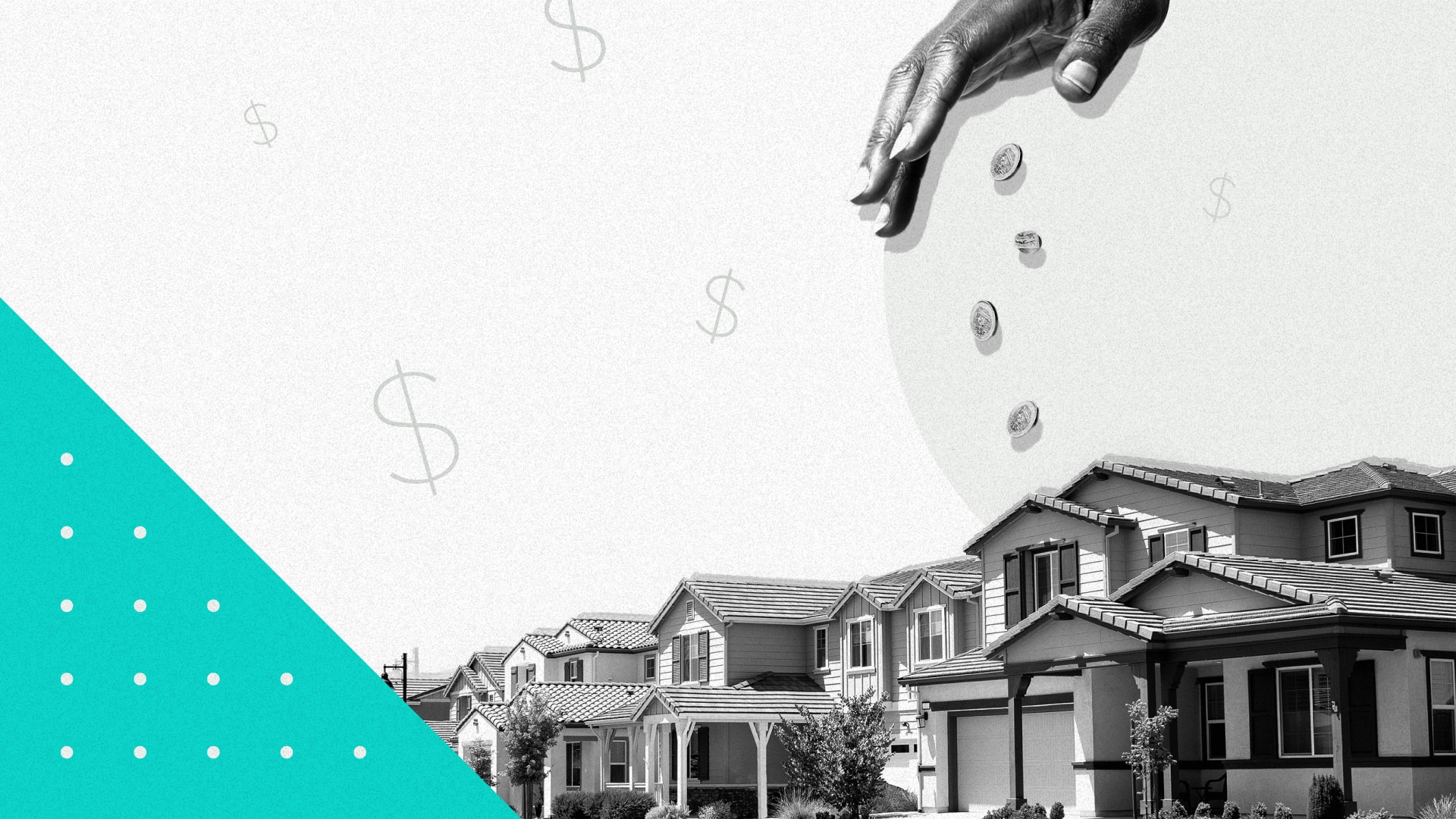The Experience Economy Is Resurgent, but Only Among Select Consumers

Key Takeaways
25% of U.S. adults and 44% of high earners said they spent more on experiences in the last year than they did in the year before.
While most say they spend money on experiences for memories, relaxation and connection, three-quarters also say they feel they get better value for their money on experiences than products.
3 in 10 adults would like to receive an experience as a gift, a number that increases for younger consumers and high earners.
Data Downloads
Pro+ subscribers are able to download the datasets that underpin Morning Consult Pro's reports and analysis. Contact us to get access.
After the Great Recession, the “experience economy” emerged as consumers shifted spending away from material goods and toward meaningful, memorable experiences like travel, dining out and live events. It was a way to find joy and connection in a time of economic uncertainty.
Now, with financial pressures once again reshaping household budgets, there are signs that experience-led spending may be poised to regain relevance.
One-quarter of consumers say they’ve spent more on experiences this year
Financial turmoil and uncertainty have been an unfortunate reality for the past few years. From pandemic-driven economic downturn to record inflation and now a volatile market, consumers are rightly unsure about the future of their own or the country’s finances. The uncertainty isn’t keeping consumers from spending though: in fact, many say they are spending more across multiple categories.
When asked to compare estimated year-over-year spending across different purchase types, consumers were more likely to say they spent more in the past year in each area compared with the year before than to say they spent less. The margin is wider when it comes to essential products like groceries and gas — 45% of adults said they spent more compared with 13% who said they spent less. But consumers were also slightly more likely than not to have estimated spending more on discretionary purchases like experiences and non-essential products.
Consumers are most likely to have increased spending on essential products

As a whole, adults are only slightly more likely to say they’ve increased their spending on experiences than non-essential products (notably, the difference is within the survey’s margin of error). But certain demographics are more likely to have upped their spend. Specifically, high-earners are a key demographic for the experience economy: 44% of those in households earning $100k or more say they spent more on experiences, compared with 37% who said they spent more on non-essential purchases.
Consumers favor experiential purchases for memories, relaxation and quality time
When asked to compare directly between discretionary purchase types, a majority (60%) of consumers said that they spent “about the same” on non-essential products as they did on experiences in the past year. Those who noted a difference in spend between the two were more likely to say that they spent more on products than on experiences — overall, adults were 10 points more likely to say they spent more on non-essential products. However, some demographic groups tend more towards spending on experiences than others.
For example, when comparing the share who say they spent more on experiences than products, men favor products by only 6 points, compared with 13 points for women. Similarly, middle and high earners swing 7 points towards products, compared with 12 points for low-income households — high earners are the most likely of any group to say they spend more on experiences than things. However, despite some common stereotypes about younger people (particularly millennials) being more experience-driven than others, the generations are actually more aligned than not on their spending priorities.
High earners are the most likely cohort to say they spent more on experiences than products
When asked why they increased spending on experiences in the past year, consumers pointed to multiple factors. While no one reason stands head and shoulders above the rest in terms of resonance, the top responses underscore well-trodden themes of marketing experiences — great memories, time spent with loved ones, and opportunities to relax and unwind.
Consumers cite multiple reasons for spending on experiences
However, brands marketing experiences can also tap into other factors that are nearly equally as popular. For example, three-quarters of respondents upped their experiential spending because they feel they get more value for money with experiences than products. More than half said that they have too many things already, and thus would prefer to spend their money on experiences. Given the resonance of these themes, brands can leverage them to connect with consumers who are considering experiential purchases.
Consumers would rather receive an experiential gift than give one
Consumers consider experiential purchases not just for themselves, but as gifts for others. Perhaps due to ingrained notions of consumerism and traditions around unwrapping specific, physical objects on birthdays, holidays, and the like, physical items are more preferred to both give and receive in most cases. That said, consumers across demographic groups express interest in receiving an experiential gift, which is not aligned with the outlook they have on gifting them to others. Overall, 3 in 10 adults say they would prefer to receive an experience than a physical item as a gift, while only 26% say they would prefer to give one.
The preference is more notable among younger consumers — Gen Z adults are equally as likely to say they’d prefer to receive an experience as a physical item, and millennials are actually more likely to say they want an experiential gift. But the group that’s most likely to prefer experiential gifts is, again, high earners.
Younger adults and high earners are interested in receiving experiential gifts

This points to opportunities for brands that sell experiences to lean into gifting, particularly around the holidays and especially for these consumer cohorts. Gift-givers may be hesitant to purchase experiences for their loved ones, but the overall interest shows that, especially amongst younger consumers and high-earners, these gifts would likely be well-received.
Sign up to get the latest global brand, media and marketing news and analysis delivered to your inbox every morning.
Lindsey Roeschke is an analyst whose work focuses on behavior and expectations of consumers in the travel & hospitality and food & beverage categories, particularly through a generational and cultural lens. Prior to joining Morning Consult, she served as a director of consumer and culture analysis at Gartner. In addition to her research and advisory background, Lindsey has more than a decade of experience in the advertising world. She has lived and worked in seven cities across four continents.


